Vanda coerulea Griff. ex Lindl. 1847, commonly called The Blue Vanda, is an epiphytic growing orchid species, native to the Himalayas, India, Nepal, Bhutan, South China (Yunnan), Myanmar (formerly Burma), North Thailand, Laos and Vietnam.
The blue orchid has been primarly described by Sir John Lindley from the description of the orchid found in the Khasia Hills of Assam (India) by William Griffiths. For a long period Vanda coerulea orchids been considered as extremly rare in the wild and are just found in the Khasia Hills of Assam. So the stunning blue orchid has been listed in the 1970 th with CITES Appendix I (Commercial trade in wild-caught specimens of these species is illegal, permitted only in exceptional licensed circumstances). As it has been known, that the natural distribution of Vanda coeruela is much wider, at least the blue orchid is widespread in the Himalayas, its conservation status has been changed to CITES Appendix II (trade controlled to avoid use incompatible with species survival).
Flowers get a size of about 10 - 13 cm in diameter, the notable lip (labellum) get a length of about 2 cm. Inflorescences reach lengths up to 60 cm and carry up to about 15 flowers. Colors vary from blue to blueish lavender, pink to reddish pink and white, which is quite rare. Colors are solid or tessellated. The blue orchid may flower freely 4–5 times a year in optimal conditions. Main flowering period: July - December. Vanda coerulea orchids are widely used by orchid breeders for hybridisation. The orchid requires cool to warm temperatures and bright light to full sun.
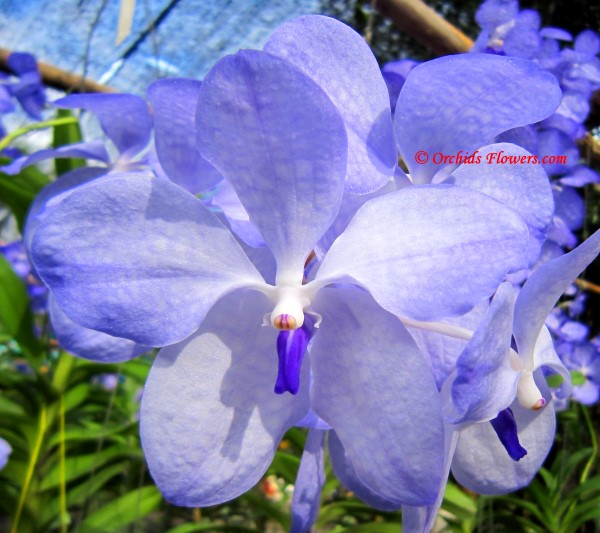
Flower Photography © Orchids Flowers.com
Image: Blue Vanda (Vanda coerulea)
Flower Photography © Orchids Flowers.com
Image: Vanda coerulea pink flower
Vanda species orchids at Orchids Flowers.com:
 Lemonia (Ravenia spectabilis)
Lemonia (Ravenia spectabilis) Bulbophyllum orectopetalum
Bulbophyllum orectopetalum Phalaenopsis cornu-cervi Blume & Rchb. f. 1860
Phalaenopsis cornu-cervi Blume & Rchb. f. 1860 Epidendrum ciliare (Coilostylis ciliaris)
Epidendrum ciliare (Coilostylis ciliaris) Man of the Earth (Ipomoea pandurata)
Man of the Earth (Ipomoea pandurata) Dendrobium infundibulum Lindl.1859
Dendrobium infundibulum Lindl.1859 Paphiopedilum insigne
Paphiopedilum insigne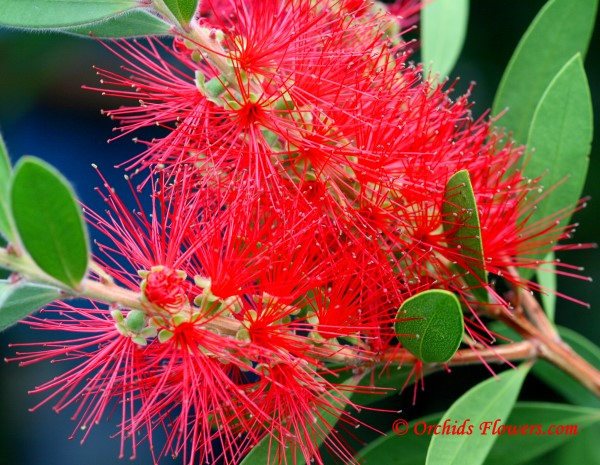 Crimson Bottlebrush (Callistemon citrinus)
Crimson Bottlebrush (Callistemon citrinus) Phalaenopsis Golden Beauty
Phalaenopsis Golden Beauty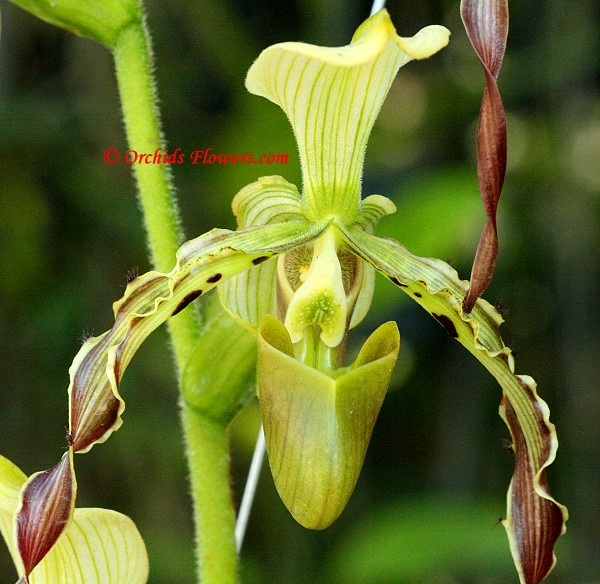 Paphiopedilum parishii
Paphiopedilum parishii Hoya megalaster
Hoya megalaster Vandachostylis Thai Sky
Vandachostylis Thai Sky Phalaenopsis violacea fo. coerulea Christenson
Phalaenopsis violacea fo. coerulea Christenson Oceanblue Morning Glory (Ipomoea indica)
Oceanblue Morning Glory (Ipomoea indica) Buddha’s Lamp (Mussaenda philippica var. aurorae)
Buddha’s Lamp (Mussaenda philippica var. aurorae)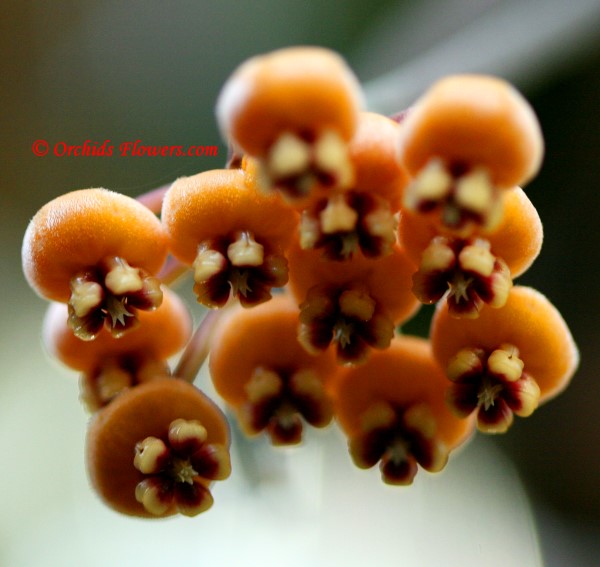 Hoya waymaniae Kloppenb.1995
Hoya waymaniae Kloppenb.1995 Brassia Eternal Wind “Summer Dream”
Brassia Eternal Wind “Summer Dream” Phalaenopsis × valentinii
Phalaenopsis × valentinii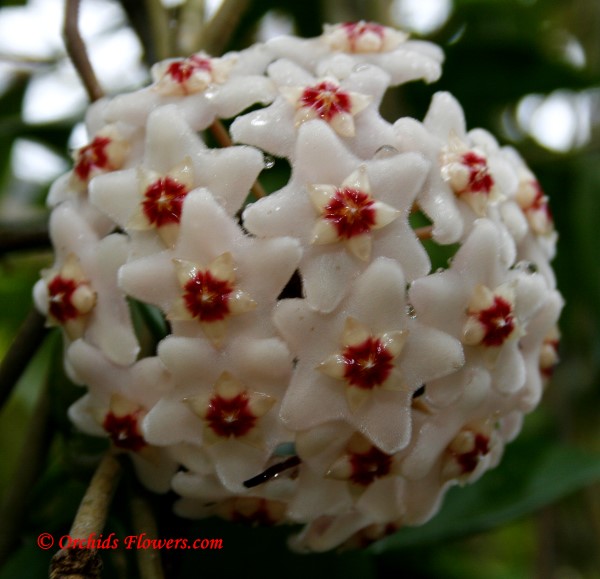 Hoya carnosa white
Hoya carnosa white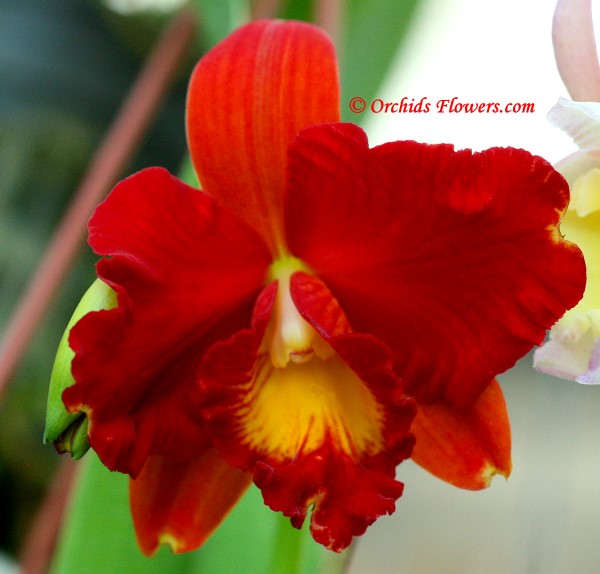 Cattleya Tainan City
Cattleya Tainan City


 Hoya macgillivrayi F. M. Bailey 1914
Hoya macgillivrayi F. M. Bailey 1914 Monkey Flower Tree (Phyllocarpus septentrionalis)
Monkey Flower Tree (Phyllocarpus septentrionalis) Bulbophyllum sikkimense (Cirrhopetalum sikkimense)
Bulbophyllum sikkimense (Cirrhopetalum sikkimense) Spathoglottis Citrus Cooler Sorbet
Spathoglottis Citrus Cooler Sorbet
{ 0 comments… add one now }